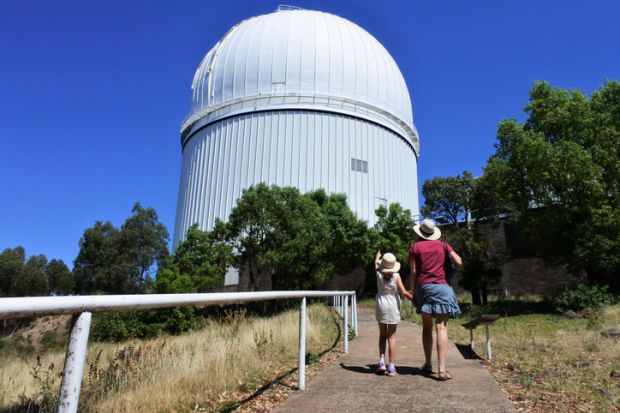Australia has made a “solid start” in overhauling its research priorities but the effort will not succeed without a “robust implementation plan”, according to the learned society of scientists.
The federal government has unveiled four draft national science and research priorities to replace the current nine, which date from 2015.
The four “overarching” priorities were “consistently identified” in over 300 written submissions and almost 70 roundtable discussions, according to the report’s author, chief scientist Cathy Foley.
She said the proposed priorities would “cut across traditional discipline and sector boundaries” to address “specific challenges” to Australia’s environment, health, prosperity and resilience.
Unlike the existing priorities, which focus on key sectors like food, energy, advanced manufacturing and cybersecurity, the proposed replacements consist of very broad societal goals.
They are: “ensuring a net zero future and protecting Australia’s biodiversity”; “supporting healthy and thriving communities”; “enabling a productive and innovative economy”; and “building a stronger, more resilient nation”.
The Australian Academy of Science endorsed the approach. “To be effective, priorities need us to…concentrate resources around ambitious missions or grand challenges,” said academy president Chennupati Jagadish.
But he warned that the effort would falter without a “carefully designed implementation plan” clarifying how scientists, research institutions and funding bodies should “incorporate” the priorities in their work.
“Previous science and research priorities were not effective because they were lacking in implementation, monitoring and evaluation and therefore did little to focus and scale up science in the identified areas,” Professor Jagadish said. “It is important that these priorities are implemented through investment-led schemes.”
Universities Australia said the priorities must also be underpinned by “adequate” funding. “Declining investment in research [is] seriously jeopardising our ability to advance as a nation,” said chief executive Catriona Jackson.
The government has promised a renewed “national science statement” to explain how the priorities will be embedded in the science system. The statement will consider the roles of local and international collaborations, open access, data sharing and a science engagement strategy.
The new statement will also outline mechanisms to inject scientific expertise into government decision making.
Canberra has promised to replace the priorities and statement by October 2023. The Department of Industry, Science and Resources has committed to three weeks’ consultation to “help refine” the priorities, with the feedback also intended to “inform” the new statement.
In drafting the new priorities, Dr Foley examined how nine other countries and regions – including Canada, Japan, New Zealand, Thailand and the European Union – organised their science and research ambitions.
The new document lists 10-year aims and objectives for each of the four priorities, along with the “critical research” areas involved. They include research into carbon sinks, brain function, decarbonisation technologies, food security and the “cognitive and social causes of engagement with misinformation and disinformation”.
Register to continue
Why register?
- Registration is free and only takes a moment
- Once registered, you can read 3 articles a month
- Sign up for our newsletter
Subscribe
Or subscribe for unlimited access to:
- Unlimited access to news, views, insights & reviews
- Digital editions
- Digital access to THE’s university and college rankings analysis
Already registered or a current subscriber? Login








